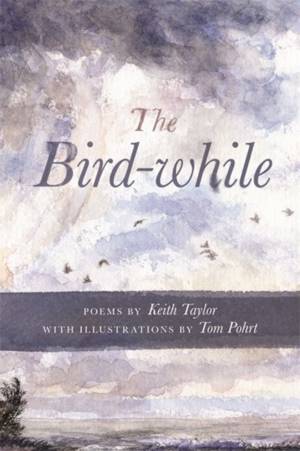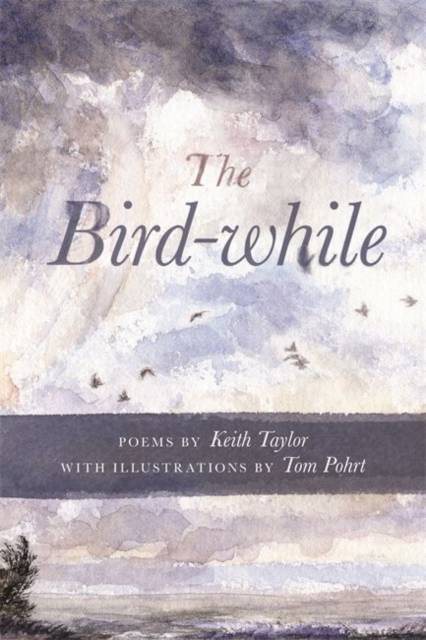
- Retrait gratuit dans votre magasin Club
- 7.000.000 titres dans notre catalogue
- Payer en toute sécurité
- Toujours un magasin près de chez vous
- Retrait gratuit dans votre magasin Club
- 7.000.0000 titres dans notre catalogue
- Payer en toute sécurité
- Toujours un magasin près de chez vous
Description
Short poems that look closely at small moments in a personal history, in art, and in the natural world.
Spécifications
Parties prenantes
- Auteur(s) :
- Editeur:
Contenu
- Nombre de pages :
- 96
- Collection :
Caractéristiques
- EAN:
- 9780814342404
- Date de parution :
- 31-01-17
- Format:
- Livre broché
- Dimensions :
- 152 mm x 229 mm
- Poids :
- 165 g

Les avis
Nous publions uniquement les avis qui respectent les conditions requises. Consultez nos conditions pour les avis.






